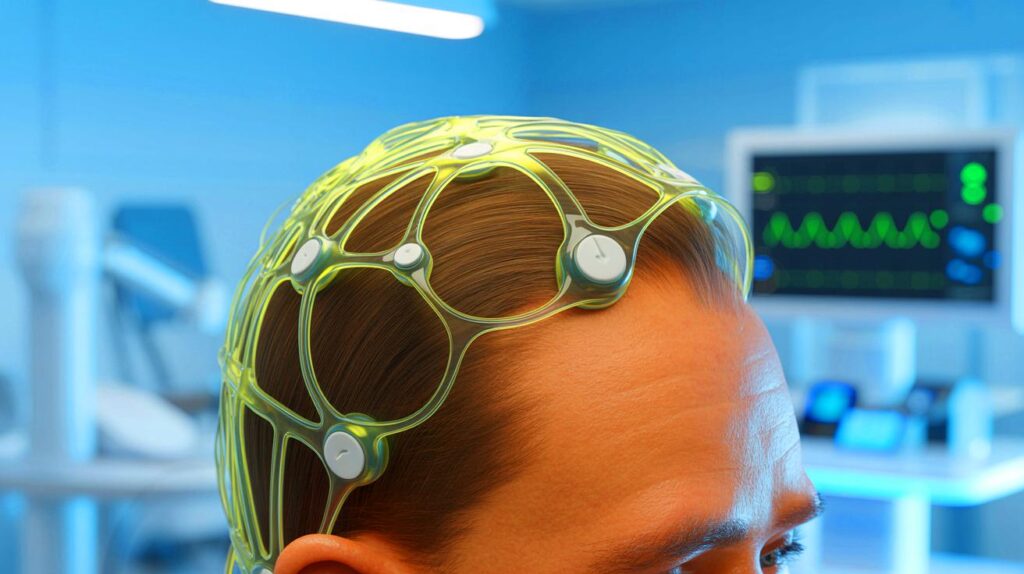| IN BRIEF |
|
Recent advances in autonomous drones have made significant strides, particularly through the integration of artificial intelligence. Chinese researchers have developed a new algorithm that enables drones to execute complex aerial maneuvers with unmatched precision, even surpassing the most skilled human pilots. Inspired by the movements of hawks and bats, these innovations are transforming how drones navigate challenging environments, opening new avenues for various applications, from film production to military operations.
Drones Equipped with New Brains
The core of this innovation lies in the integration of two main components within the drones’ artificial intelligence. The first, a motion intention translator, converts the desired maneuvers from a pilot into precise commands that the drone can execute, such as a flip or an audacious loop.
Next, a risk and reward evaluation system analyzes the trade-offs between safety, energy efficiency, and acrobatic performance. These elements provide the drone with a sort of “brain,” allowing it to understand and carry out what is required without direct human intervention.
Unlike traditional methods that focus on hardware improvements, these advances emphasize software intelligence, paving the way for more complex flight maneuvers without hardware upgrades.
The results from the trials are impressive: the drones navigate with a dexterity similar to that of hummingbirds through complex obstacle courses, achieving a perfect success rate of 100%, compared to just 12.5% for a human pilot.
Applications in Film, Military, and Space
The autonomous acrobatic capabilities of these drones present significant implications beyond mere entertainment. In the military sector, these drones could maneuver nimbly through urban or forested environments, avoiding detection while striking with precision.
In search and rescue operations, navigating tight and hazardous spaces, such as collapsed buildings or volcanic vents, would be greatly facilitated. Moreover, these drones could revolutionize filmmaking by capturing fluid and stable aerial sequences without human intervention.
Researchers also note potential applications for space missions, such as deploying probes near erupting volcanic vents or rapidly exploring space debris.
However, the current system does have limitations, such as the need for a pre-mapped environment to plan trajectories and an inability to adapt in real-time to unknown terrains.
Future Challenges for Drone AI
While promising, the development of this autonomous drone technology is not without challenges. Currently, the algorithm requires a pre-mapped environment to plan flight trajectories. This constraint limits its immediate application in emergencies where time is critical, and maps may not be available.
Additionally, the algorithm does not yet support drone swarms, a crucial feature for certain military and rescue missions.
Researchers remain optimistic about the evolution of this technology. They foresee that further research will unlock new possibilities for quadrotor drones, including undertaking aggressive missions in extreme environments.
As these algorithms continue to improve, it is likely that autonomous drones will become even more versatile and reliable tools in the near future.
Social and Ethical Implications
The integration of advanced AI in drones also raises ethical and social questions. With enhanced capabilities comes the responsibility to ensure these technologies are not misused, particularly in military contexts where implications can be significant.
Transparency in the development and application of these technologies is essential to guarantee their ethical and responsible use.
Furthermore, the potential impact on employment in sectors where drones could replace humans must be considered. It is crucial to accompany these technological advances with thorough reflection on their societal impact.
As technology continues to progress at a rapid pace, how can we ensure that the evolution of autonomous drones remains beneficial for society as a whole?








